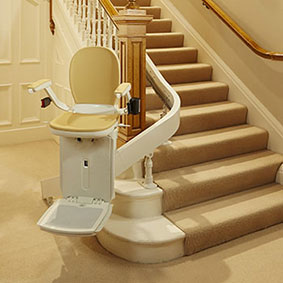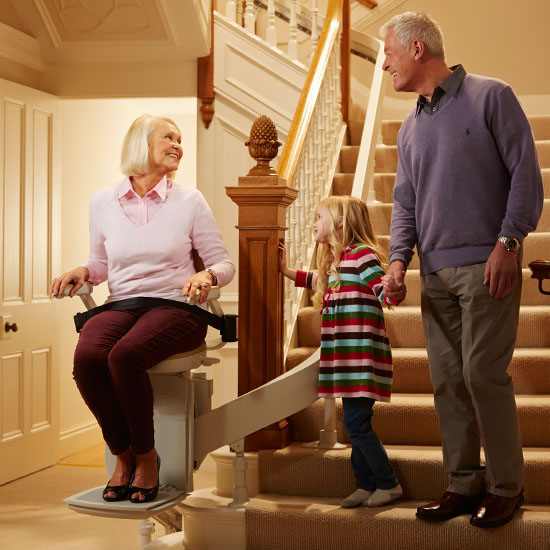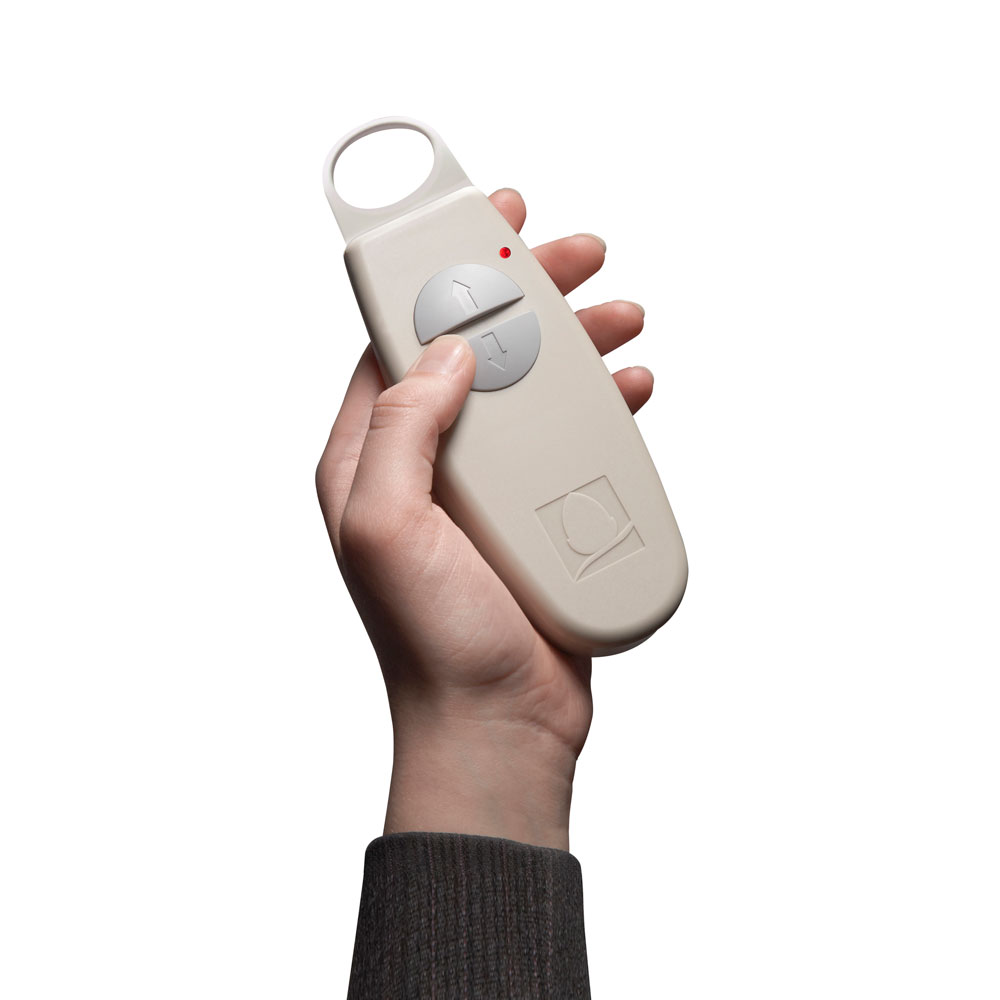





Battery operated stairlift for curved stairs. Options: powered hinged rail.
Stairlifts Reviews
Acorn Stairlifts
Easystep Stairlifts Ltd
Stairlift Helper
Unicorn Stairlifts Ltd
Easy Care Systems Ltd
Manufacturer's Product Description
The Acorn 180 is one of the most state-of-the-art stairlifts in the World. It offers a comfortable and reliable ride and has been specifically designed for any curved staircase. The Acorn 180 Features:- - Advanced self-leveling carriage with soft start and stop - Attractive modular rail system using "FastTrack" Unique to Acorn offering a next day installation service - Affordable, Simple to Us and Reliable - No waiting weeks to have an expensive rail made for your home
Manufacturer's Contact Details
http://www.acornstairlifts.co.uk
Acorn Stairlifts
Telecom House
Millennium Business Park
Station Road
Steeton, Keighley
West Yorkshire
BD206RB
UK
01535291000 customerrelations@acornstairlifts.co.ukKey Features
- two remote controls
- folding seat, arms and footrest
- swivel seat and safety sensors
Product Dimensions
| Features | |
|---|---|
| Control via: Infra-red (IR); Radio (RF); Both (B) | "N/A" |
Product Specification
No product specification has been specified.
Need More Help?
If you know that there is a certain product that will help you, feel free to browse through our online catalogue or use our search tool for specific product names. National retailers are listed against each product and you can click on their link to go directly to their website to order that product or contact the retailer for more information. Don't forget to tell them you found their information on our site.
